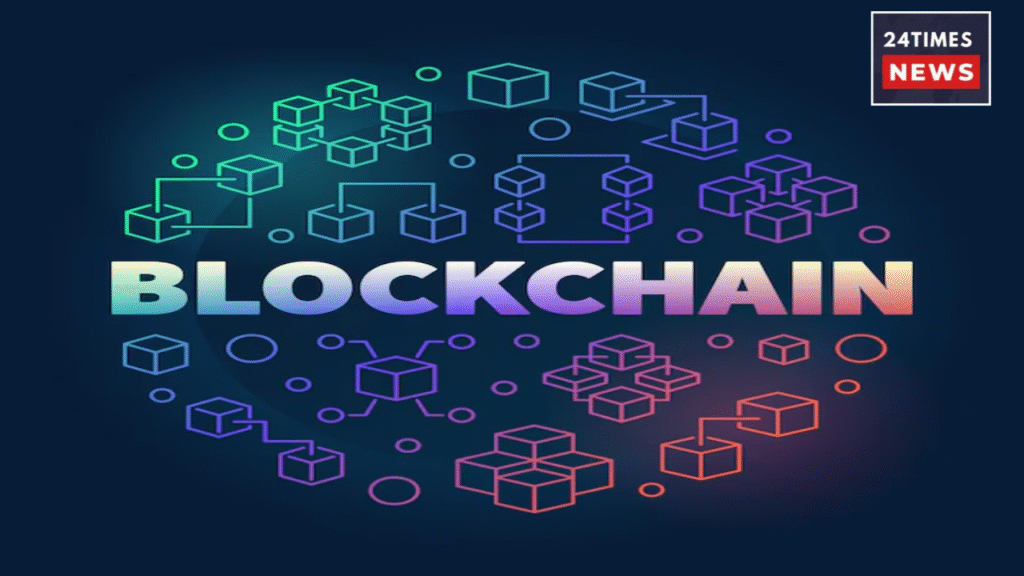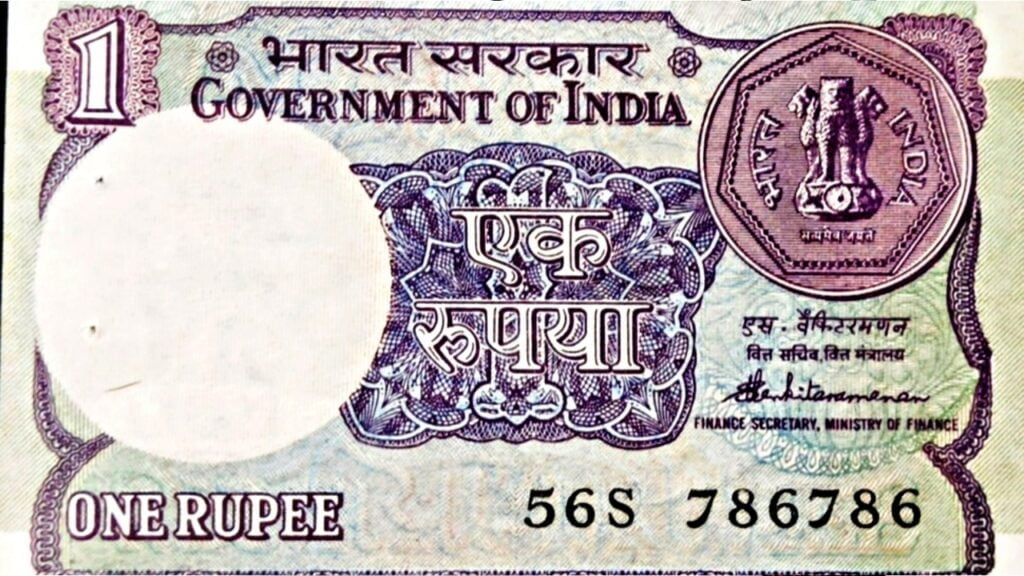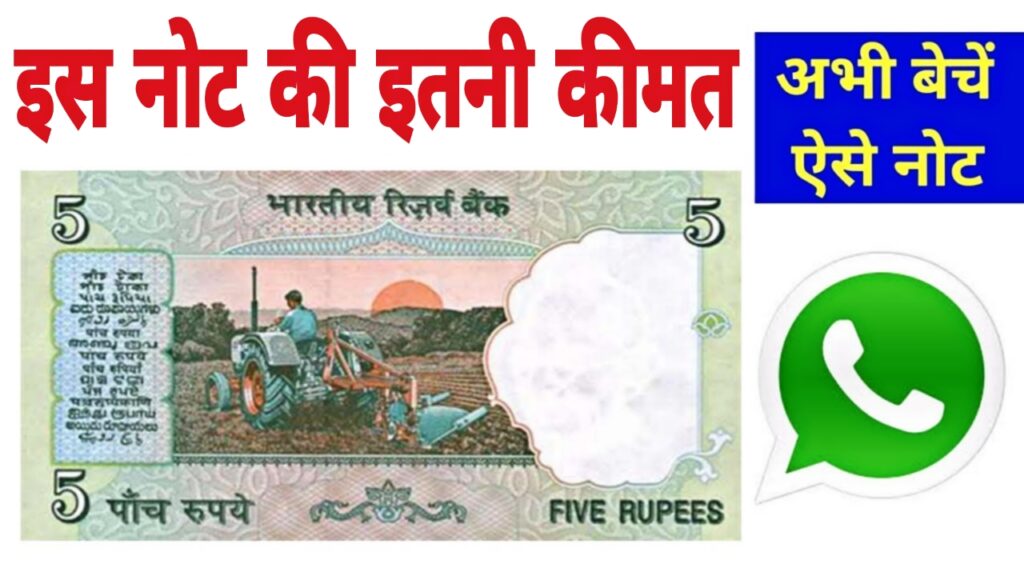The term “Blockchain” has been as frequently used as “Internet” during the last couple of years. However, the question remains: what it actually is and why it is being referred to as the next digital trust? Let’s analyze it in a simple and easy manner.
What Is Blockchain?
It’s easier to understand the concept of Blockchain by comparing it to a digital ledger or register that is accessible to everyone, but after something has been written in it, it cannot be altered.
Each page of this register is a block, and when there is new data, it attaches to the previous block — thus, creating a chain of data. Hence, the name blockchain.
The information is not kept in a single location, such as in a bank server or on a government computer. To be exact, it is everywhere on the servers of thousands of computers located in different parts of the world and, thus, it is almost impossible for any kind of hacking, fraud, or deletion to take place.
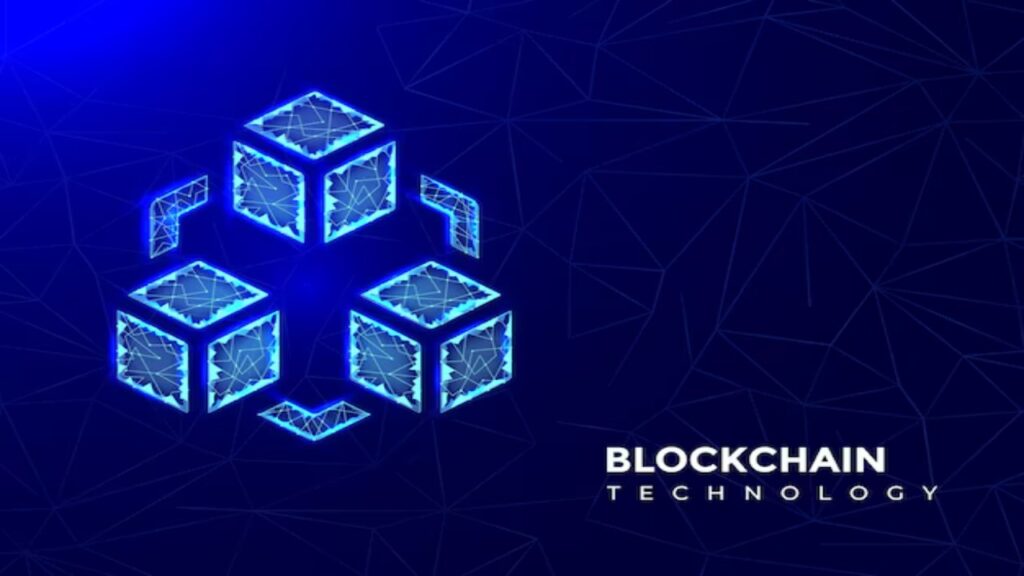
How It Started
With the release of Bitcoin in January 2009, Blockchain technology was able to gain public attention. Its goal was just one — to develop digital cash that people would be able to send directly to each other without the use of a bank. The answer to that was Blockchain technology.
However, after a period, people understood that Blockchain could be utilized for other purposes aside from just digital currency. It could be used to store contracts, transactions, land records, supply chains, and even votes in a reliable and transparent way and many other things as well.
Why Blockchain Is Special
Without the involvement of any middlemen, the main source of Blockchain’s power is trust.
In the conventional system, we rely on banks, brokers, or companies to ensure that the records are kept securely. Contrary to this, Blockchain technology does not require any external agency to trust. The whole process of transaction can be seen by multiple computers, which thus validates it before the transaction is added to the chain, and from that moment on, it cannot be altered or removed.
By doing this, Blockchain becomes very difficult to hide, gives the highest level of security, and also is permanent, which is what every system strives for but fails.
How It Works in Real Life
Finance: Several banks and fintech startups are presently implementing Blockchain for making international transfers that are both fast and low cost.
Supply Chains: The use of Blockchain by the likes of Walmart and IBM to provide end-to-end traceability of products from the point of origin to final consumers thus enables the quick detection of counterfeit goods.
Healthcare: With the help of Blockchain technology, hospitals can securely record patient data and grant access only to the authorized people.
Government Services: Estonia and India, among other countries, are implementing Blockchain-based land registration and identity management schemes as a way of eliminating fraud.
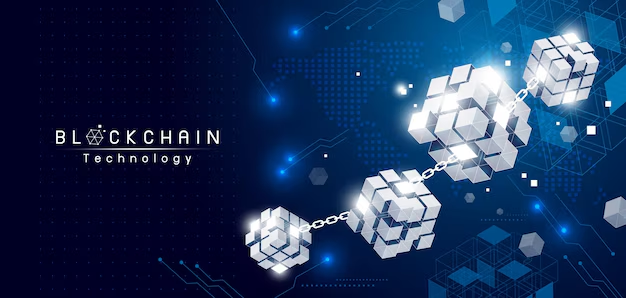
The Future of Blockchain
According to the opinions of the experts, Blockchain is at a stage similar to the Internet of the 1990s, i.e., very early on and has a huge potential of eventually becoming the foundation of Web3, i.e., the subsequent version of the Internet according to which users will own the data and not major tech companies.
Even though there are problems like significant energy consumption, difficulties in regulatory compliance, and occurrence of scams, still people cannot overlook the enormous potential of Blockchain technology. Companies and government agencies all over the globe are already implementing this technology in their systems.
In Simple Words
In a very simple way we can say that blockchain is like a group chat in which no one can edit, delete or change the messages or information.
Communicating about Blockchain cannot be limited to describing only the aspects of cryptocurrencies that are involved with it. The main concern here is the development of technologies that would be able to digitally emulate human trust by being reliable, transparent, and permanent. Slowly but surely, it is changing the existing concepts of how money, business, and information work — block by block, chain by chain.

